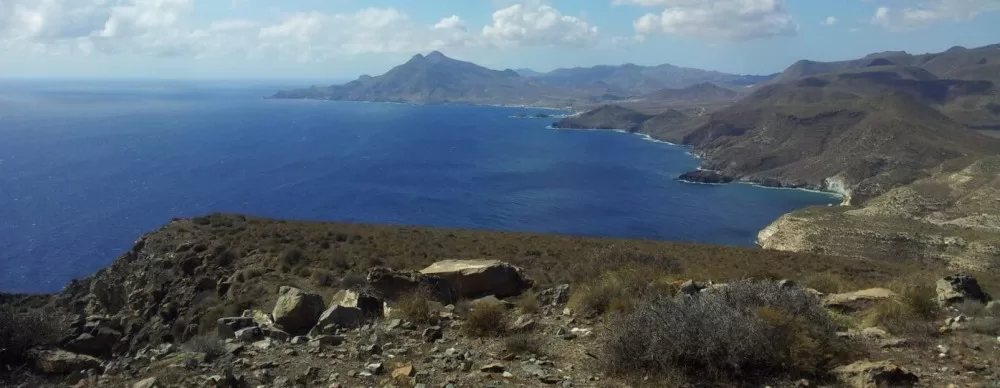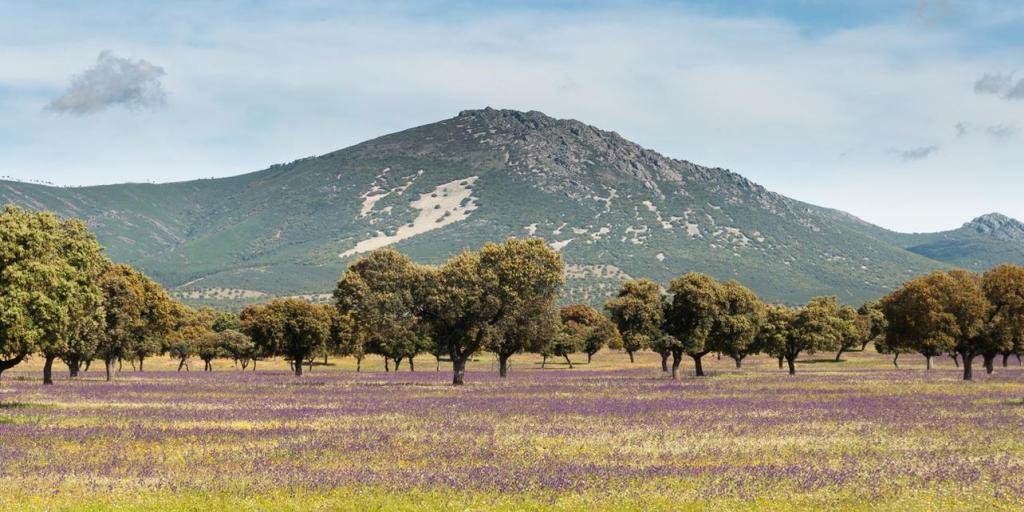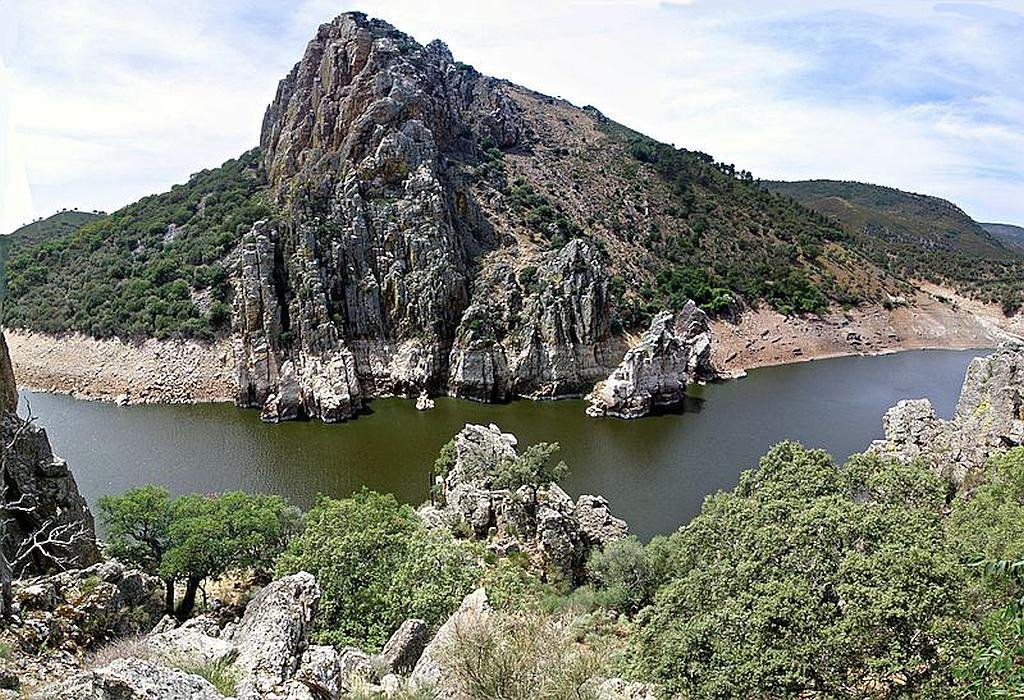In the wake of a groundbreaking agreement between the Junta de Andalucía and the Spanish Government concerning the renowned Doñana National Park, a stark reality surfaces for all 16 of Spain’s ecological gems.
Despite a substantial multi million-Euro investment in Doñana, the remaining national parks in Spain grapple with a spectrum of challenges, spanning from drought and unbridled tourism to wildfires and the encroachment of invasive species.
I’ve been living in this lovely area of Western Andalucia for the last 20 years or so and dedicate most of my time to the running of English language tourist information websites for the towns of Cádiz, Ronda, Grazalema, the famous or infamous Caminito del Rey, and also Wildside Holidays, which promotes sustainable and eco-friendly businesses running wildlife and walking holidays in Spain. My articles contain affiliate links that will help you reserve a hotel, bus, train or activity in the area. You don’t pay more, but by using them you do support this website. Thankyou!


